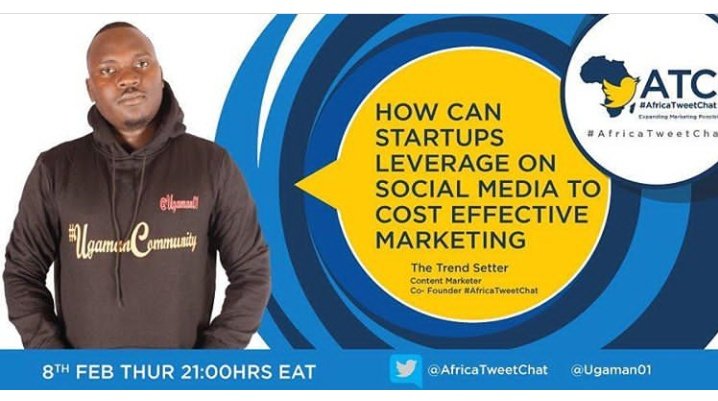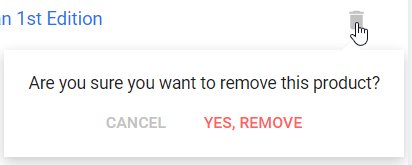@dlazzopardi
Harriet McDougall
Lital Sherman
Gareth Roberts &
Isabelle Noble
Storytelling in Service Design usually looks at the big picture. One of her passions is telling stories through pictures and is a comic book artists in her downtime.
Danya: The best thing about UX is there's a story in everyone who contributes to a product, the business, the user and the stakeholders.
Harriet: Clients can sometimes find it difficult to separate the person using their product and their complex needs that don't fit neatly into a persona. They can be quite shallow.
Lital: Every step. Before the research to get everyone on board, but as soon after the research is conducted is crucial to get people on board.
Danya: Not everyone in a business doesn't have the opportunity to connect with users like UX people so we try and involve developers and other functions in the research process so they know they're creating for real people
Harriet: It's not that different from UX. A lot of the time people who hire Service Designers want a deisgn outcome and build the internal capabilities. We have to sell in the method. How the work takes place...
Danya: We've been trying an always on research and we've found liaising with people who are in contact with your user group is super useful. They have different perspectives and conversations that you will have.
Gareth: being able to break down the process into the stanzas of a typical story is important to make sure your building a rounded product. You need to set up their journey. You don't open a book into the action scene.
Lital: You tell a user story, internal, external, it's just not about yourself. If you want to take people on the journey make your users the centre.
Harriet: "You're not as smart as you think you are" blog is really good for understanding cognitive biases. Having useful conversations with your friends is important.
Danya: It can be really hard because were trained to ask the question while other people are trained to come up with solutions and it can be hard to work within those constraints.
Danya: People love quotes in inverted commas to illustrate points.
Lital: I had to adopt the language because it's not my first language. For me know who your audience is and do some research about what's most important for them and build your story around that.
Harriet: We try and lead by example soba lot of the time you're working with people who want to learn from you and do what you do. You have to have that in mind when you're presenting or crafting stories.









